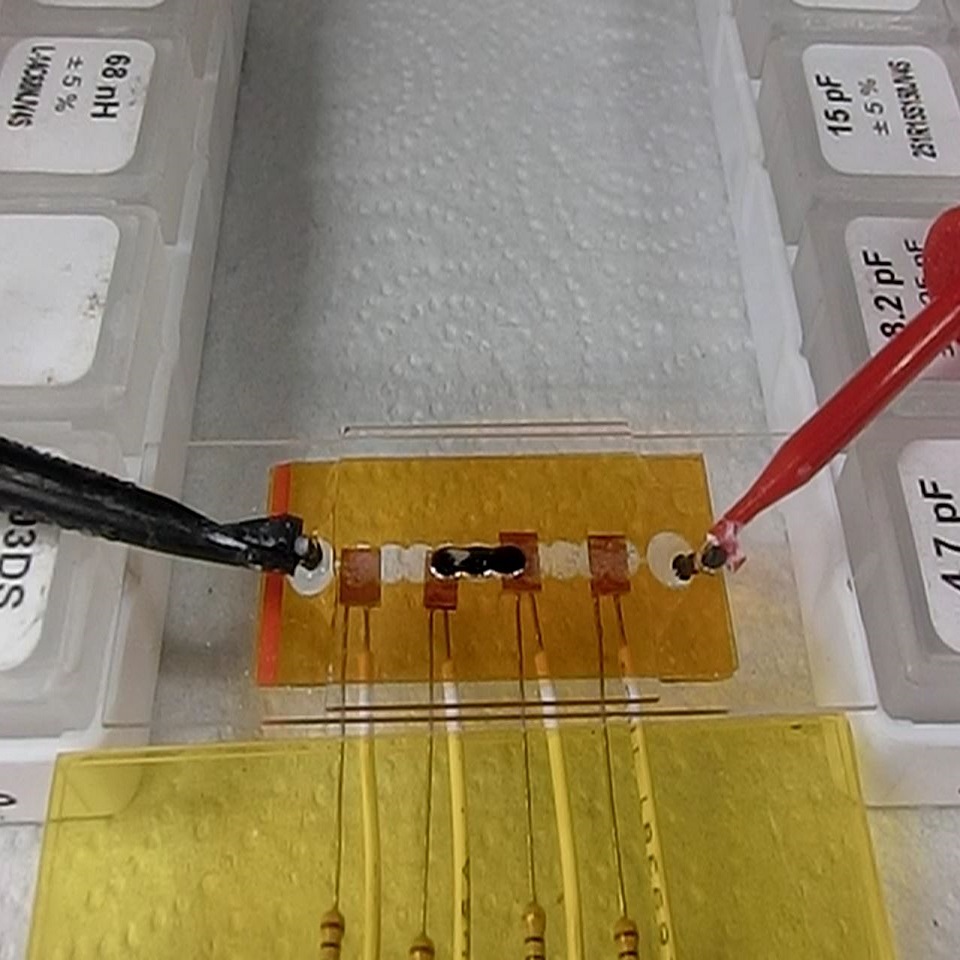Continuous Electrowetting Automation




Project Overview
Continuous electrowetting (CEW) is an electromechanical response that can be used to alter the surface tension of liquid-metal droplets through the application of an electric potential. Galinstan, a liquid metal is injected into an electrolyte-filled channel and manually actuated. Although general control of liquid-metal slug locations has been demonstrated, pinpoint accuracy and automation has yet to be proven. Based on results from initial prototypes, this implementation demonstrates a CEW automation design concept to enable accurate positional control by utilizing a microcontroller and positional feedback sensors to directly improve liquid-metal device testing.

Implementation
Continuous electrowetting automation is implemented using an Arduino Mega microcontroller, a open-source electronics platform, the Agilent 33220A waveform generator, and home-made feedback displacement sensors made with Duroid and resistors. Over a semester, firmware was developed which utilized feedback displacement sensors and the Arduino serial monitor to implement the process of CEW where the user is able to specify a desired position in the fluidic channel.
Learning Outcomes
In this project, I gained experience working with an Arduino microcontroller which included its programming platform and serial interface, C++ for programming the functional abilities of the application, and working with the CapacitiveSensor Library for handling the proximity sensing of the capacitive displacement sensors.
Source Code: https://github.com/nathancy/LM-CEW-Automation-
 Nathan Lam
Nathan Lam